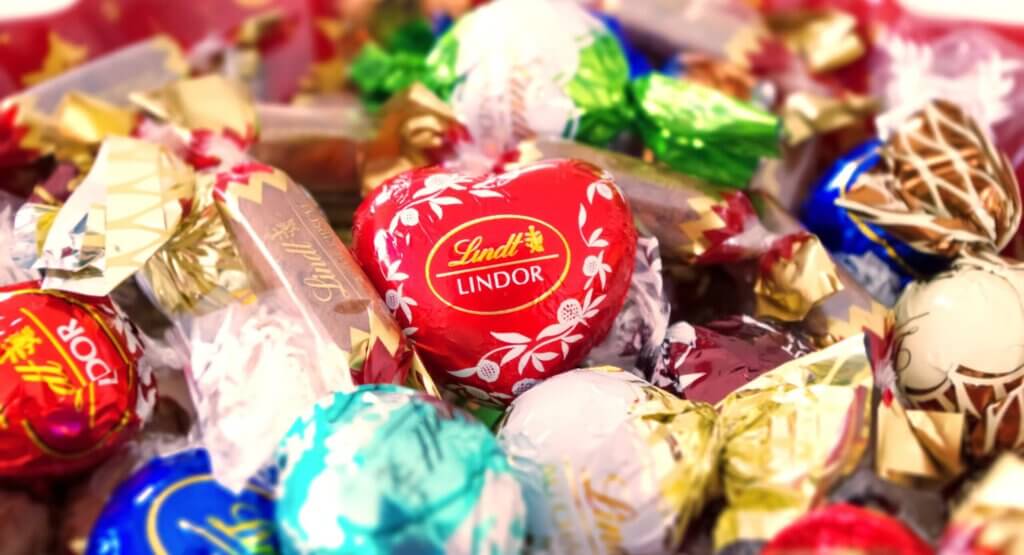
The growth of chocolate manufacturers, such as Lindt & Sprüngli, is slowing down. The culprits for this trend can quickly be found.
Sales increases at chocolate group Lindt have also sounded more enticing. In the ‘Europe’ segment, organic growth was 13.8 percent, bringing sales to 2.33 billion Swiss francs.
The ‘North America’ segment recorded organic growth of 10.7 percent to sales of 1.69 billion Swiss francs. And in the ‘Rest of the World’ segment, organic sales rose the most, by 19.7 percent to 0.57 billion Swiss francs.
Past boom times
Taken as a whole, this corresponded to “remarkable growth in Swiss francs of 14.2 percent” or organic growth of 13.3 percent.
But that was once upon a time. Today, Tuesday, premium chocolate maker Lindt & Sprüngli announced, in contrast to 2021, that it achieved organic growth of only 10.8 percent in fiscal 2022, with revenues in Swiss francs up “a mere” 8.4 percent to not quite 5 billion Swiss francs.
The weakness is mainly due to reduced chocolate consumption in European countries, the figures show.
Weakness in Europe
Thus, in large Lindt markets, such as Germany and France, the upward trend is less dynamic. In the “Europe” region, organic growth was only 5.3 percent, resulting in sales of 2.30 billion Swiss francs.
Revenue in Europe actually fell below that of the previous year of 2.33 billion Swiss francs due to currency effects.
The reasons are likely to be many and varied. The trend towards fitness and healthier eating is likely to dampen chocolate consumption. In addition, Europe is bracing itself against an economic crisis and fighting a currency collapse against the Swiss franc.
Growth in North America
In addition, an already high level of market penetration plays a role for Lindt.
However, with rising inflation comes a substitution effect for premium products, such as Lindt, with lower priced versions, whereby consumers seek to absorb inflation, as reported by muula.ch.
In contrast, Lindt & Sprüngli achieved organic growth of 15.7 percent in the ‘North America’ region in 2022, which corresponded to sales of around 2 billion Swiss francs.
The economic boom in the U.S., driven by earlier acquisitions by Lindt, and the strong dollar likely contributed to this.
China and Brazil
However, the ‘Rest of the World’ region again grew the most, albeit less dynamically. Organic growth of 16.6 percent resulted in sales of 0.65 billion Swiss francs.
The future markets of Brazil and China in particular achieved very good growth rates, as did the Global Travel Retail business unit, it was reported. Here, apparently, people really do still buy chocolate.
Increase in profit?
Lindt & Sprüngli is confident of achieving its communicated target of an operating profit margin at EBIT level of around 15 percent in the 2022 financial year, according to the statement. However, the group will only announce the exact figures at a later date.
However, the bottom line of the Swiss flagship chocolate manufacturer is usually significantly lower than that of other Swiss companies, as recently reported by muula.ch.
01/17/2023/kut./ena.





